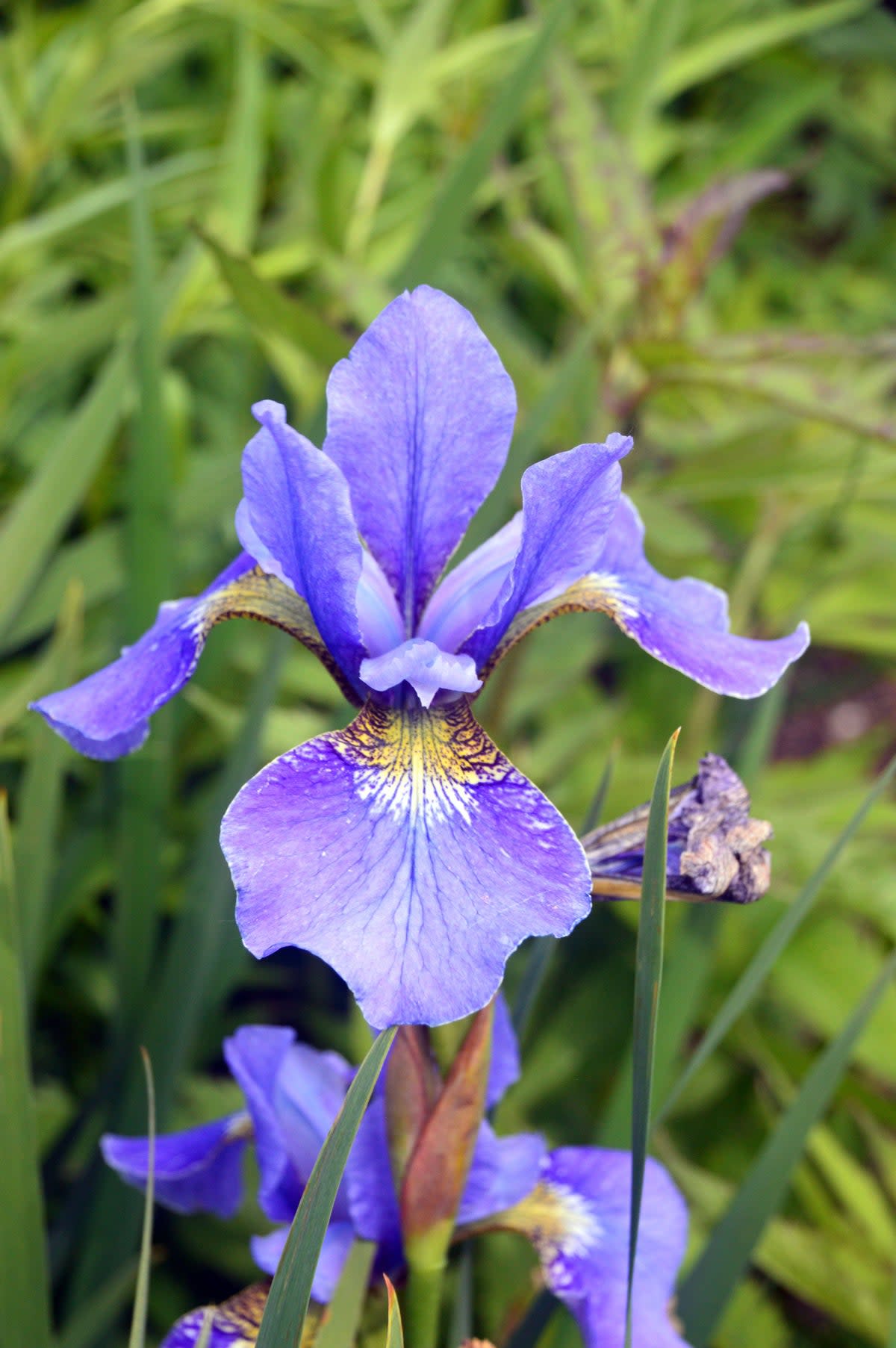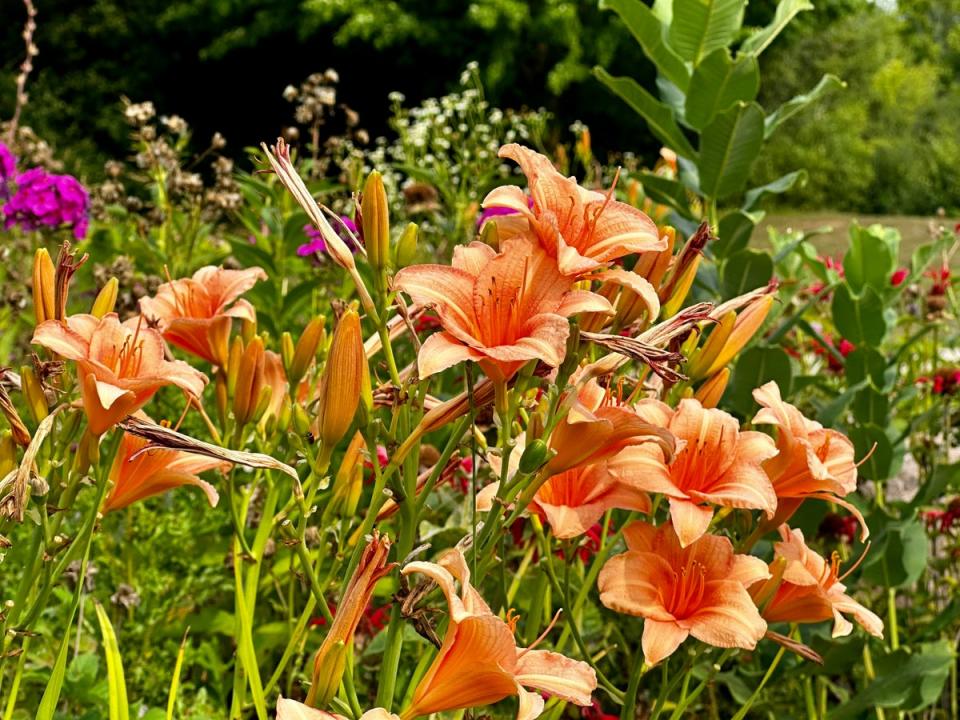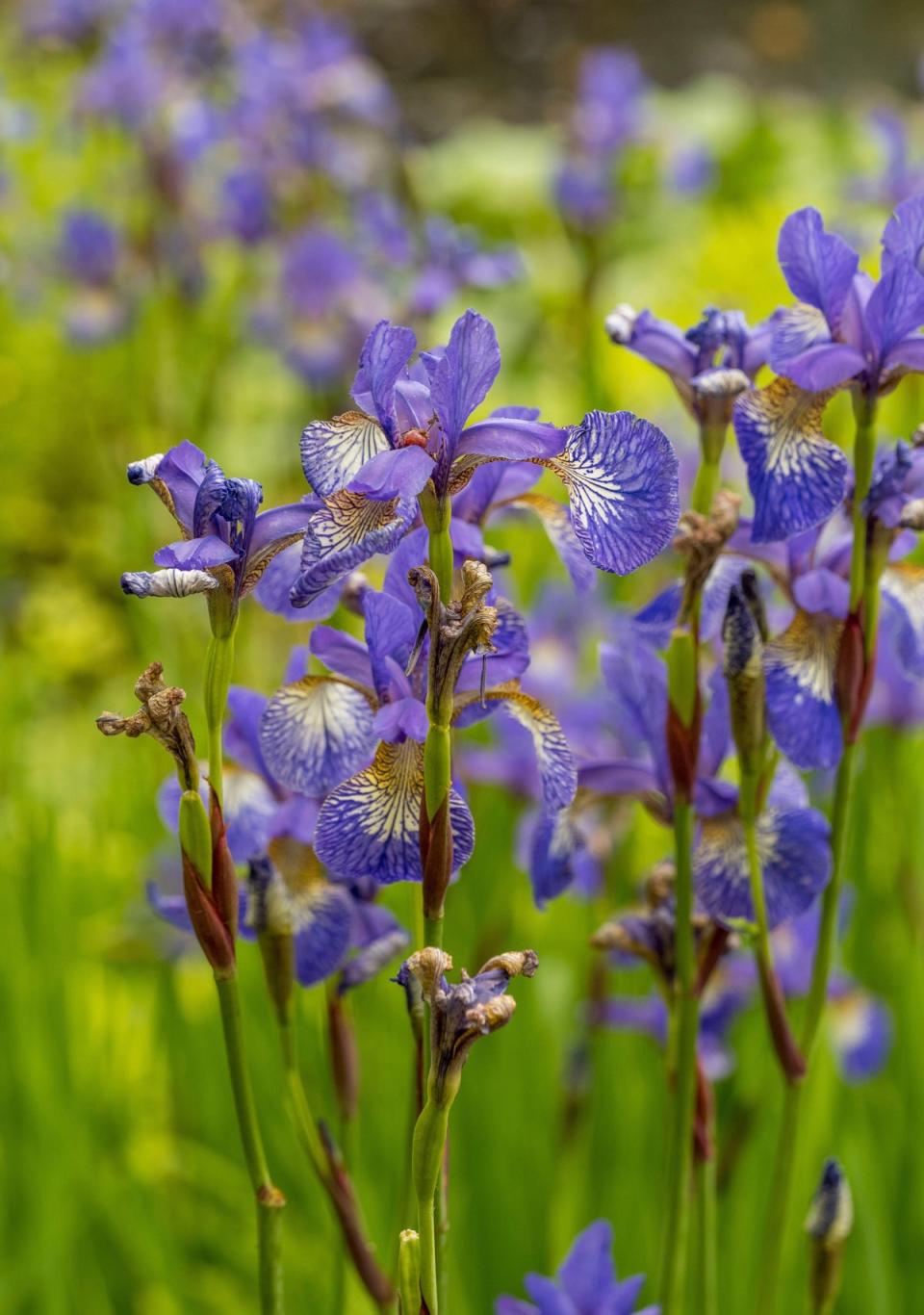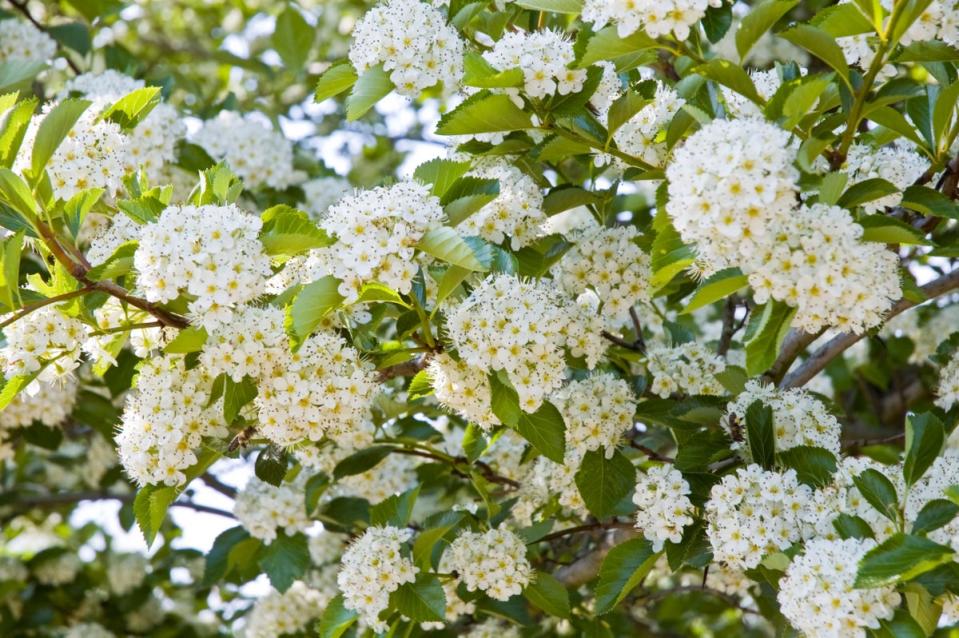Gardener's notebook: Weird weather affecting your garden? Here's why you should embrace ditch plants

You don’t need me to tell you it's been an unseasonably cold and wet start to summer.
Though we may not be enjoying it, looking around at London’s plants and trees, they certainly are. Twelve months of mild and wet weather has resulted in very lush growth and dense canopies, especially compared to this time last year.
Nearly all plants are able to take advantage of the availability of extra water, making hay whilst the sun shines (or rain pours), putting on more growth.
Larger plants and trees often show signs of stress or vigour relating to the previous years growth, and whilst last year was one of the warmest on record, it was also the wettest.
“Some plants are better adjusted than others to changing rainfall and temperature, in the states they are often referred to — lovingly — as ditch plants.”
It would seem the wet weather last year has primed many species to produce more growth this year. One plant I think this is particularly noticeable in London is the plane trees, which are much denser and greener than I remember them being last year.
Famously though, our weather is anything but reliable and predictable. We could have the hottest, driest July and August on record.
If this were to happen, many of the plants that so far have been making the most of the rain would likely begin to struggle, unable to find enough water to keep all their leaves alive. If it keeps on raining most plants will be very happy, but it may give them false hope of wet 2025.
Some plants are better adjusted than others to changing rainfall and temperature, in the states they are often referred to — lovingly — as ditch plants. Right now, these resilient plants are having their moment in the spotlight as the garden plants of the future.
Here are some of my favourites:
Hemerocallis

Daylilies (Hemerocallis) are a really resilient plant happy in both very wet and dry conditions.
They flower for much of the summer and the leaves remain evergreen. They grow in clumps and look a bit grass-like for much of the year. You can even eat the flowers.
There is also a really diverse range of colours, from green through pink and mauve to fiery orange and red. One of my favourites is Hemerocallis ‘Heartless’ from strictlydaylilies.com
Persicaria

Persicaria is another species with loads of diversity, this time more with the foliage than the flowers.
Most Persicaria grow from underground rhizomes, a kind of modified root (think ginger) that acts as an energy and water store for the plants.
Favourites of mine include Persicaria ‘Bat Wings’ and ‘Purple Fantasy'. Persicaria are not alone, a lot of rhizomatous plants have a good tolerance to climatic changes, though some struggle in the cold.
Geums

Some of the most resilient plants have relatives as weeds. Geum, sometimes called Avens, is one such plant.
In hues of orange, red and yellow, Geums are long flowering and tolerant of both wet and dry conditions, but preferring things slightly damper. In cultivated types, the flowers rise above the foliage.
Geum ‘Totally Tangerine’ is a popular choice, I personally like the Geum Rivale (Water Avens), but it needs to be near water all year round.
Iris

There are many species of Iris, suited to different locations, but the most resilient have to be the Siberian Iris (Iris Sibirica). As long as they get a little sun, this particular kind of iris will grow and flower anywhere.
You are slightly more limited in colour with this species compared to other species, with only blue or white varieties as the real choice, but they won’t disappoint.
Plum leaved thorn

If you are in search of a small, resilient tree with year-round interest, then the Plum-Leaved Thorn (Crataegus Persimilis).
Research by the RHS has found this to be a tree that withstands being submerged by flood waters in peoples gardens for more than a week. It has clusters of scented white flowers in spring, and in autumn the leaves turn a brilliant orange.

 Yahoo News
Yahoo News 
